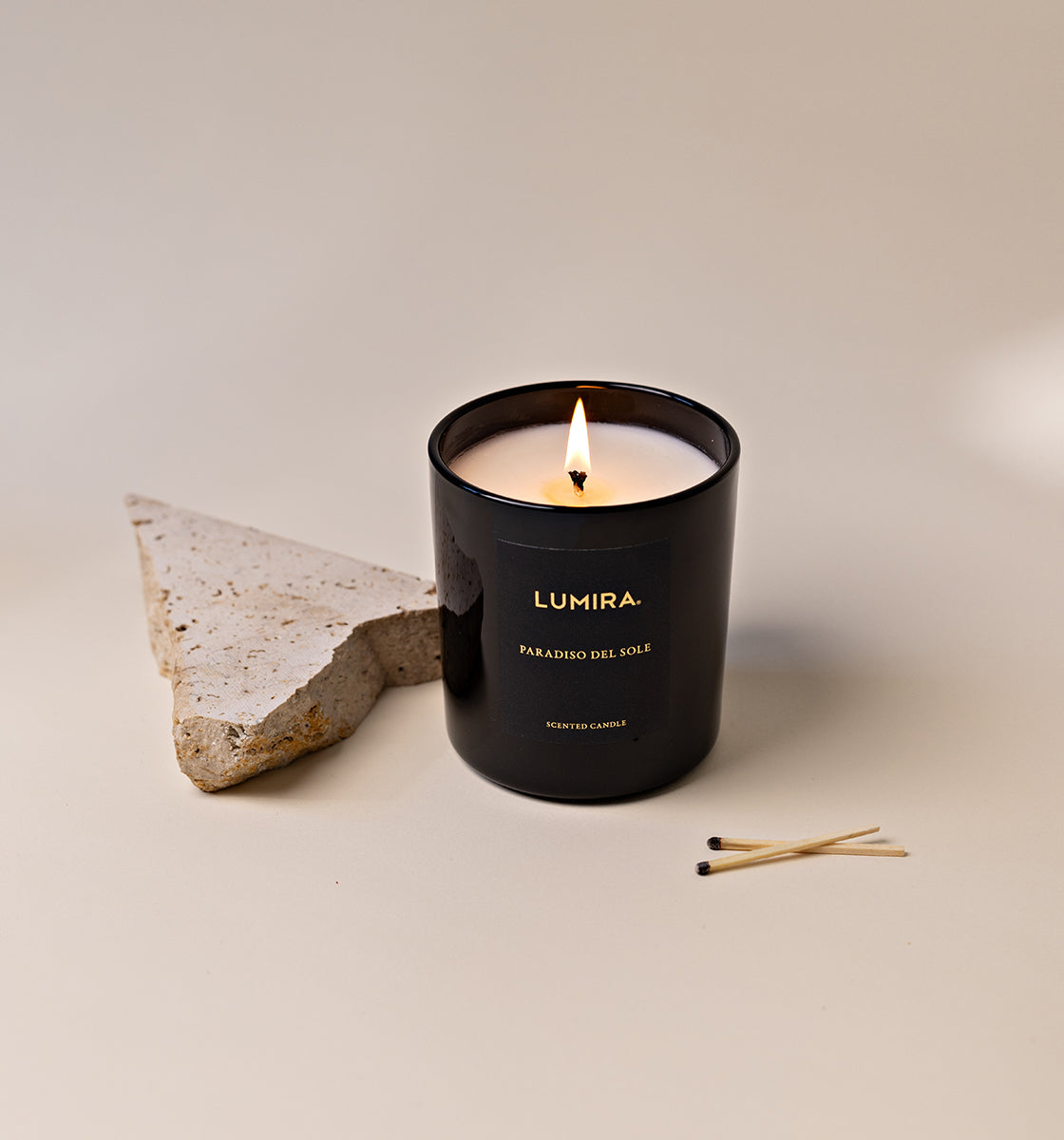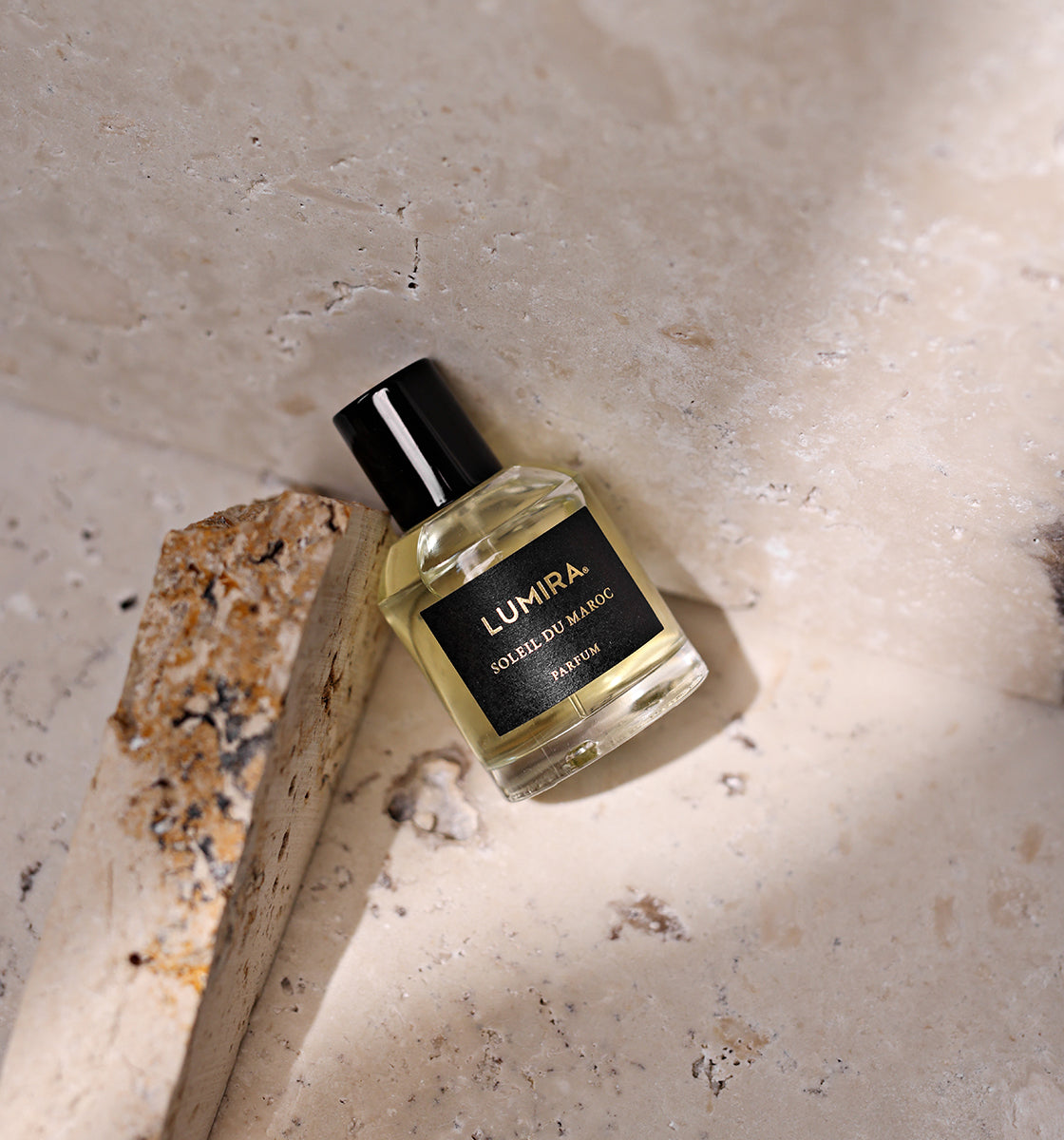How to layer perfume oil

“Odours have a power of persuasion stronger than that of words, appearances, emotions, or will,” wrote Patrick Süsskind in his iconic novel Perfume: The Story of a Murderer. “The persuasive power of an odour cannot be fended off, it enters into us like breath into our lungs, it fills us up, imbues us totally. There is no remedy for it.”
Dramatic? Absolutely, but the right fragrance will do that to you.
Layering fragrances puts this power in your hands, allowing you to concoct a scent that speaks directly to your soul while being completely unique. Using perfumed oils is a smart way to approach layering, as the fragrance can be subtly built up and tweaked until that magical moment of imbuement strikes. There’s an art to fragrance layering, and these pointers will set you on the right path…
START WITH A BASE YOU ADORE
In theory, any fragrance or note can be combined with any other but when considered this way, the choices can seem overwhelming. A simple way to start is by choosing a scent that you already love. Another benefit of beginning with a familiar favourite is that you might already have an idea of which direction you’d like to take it. Do you want to give it a little extra zing, for example, or add a new depth or a certain mysterious quality? For a foolproof starting point, fragrances with white floral notes make a particularly good base as they play well with many other notes.
GET FRESH
Citrus fragrances are often described using the words bright, sparkling or zingy, and that’s exactly what they’ll bring when they’re layered over another perfume oil. Adding an oil with notes of lemon, grapefruit, bergamot or mandarin is also a clever way to brighten up those deeper scents that you might normally reserve for evenings or for the colder months.
Start with: Cuban Tobacco Perfume Oil
Then add: The Vow by Nicole Trunfio Perfume Oil

GO FROM DAY TO NIGHT
Conversely, warm notes like amber and musk will add depth to a daytime fragrance, as well as lighter florals or fruity scents. A word to the wise: oils with these deeper notes are best applied sparingly and gradually, so that they don’t overpower the base scent.
Start with: Tuscan Fig Perfume Oil
Then add: Arabian Oud Perfume Oil
WHEN IN DOUBT...
Layering perfume oils is a very personal exercise and there’s no right or wrong approach. The only criteria that matters is that you like the end result. If you’re still feeling unsure or just need some fresh inspiration, remember this: rose notes will complement almost every type of scent.

APPLYING YOUR PERFUME OIL
Perfume oil is best applied to the pulse points on the body – the wrists, behind the earlobes, at the base of the neck, behind the knees and in the crooks of elbows – as the blood flow warms the oil, releasing its divine scent. Never rub a spot once the oil has been applied (this includes rubbing your wrists together), as it can bruise or dilute the scent. Finally, it’s preferable not to literally layer two oils on top of each other, as they can then co-mingle on the applicator. Apply them to clean skin only and have fun building the scent as you go.
Written by Michelle Bateman





